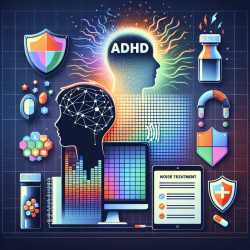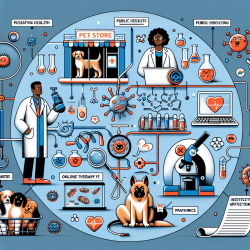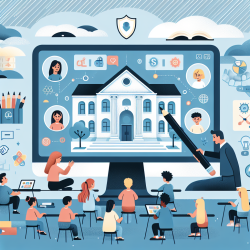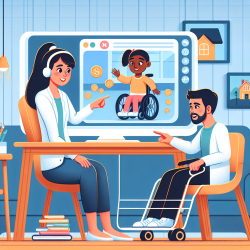Attention Deficit Hyperactivity Disorder (ADHD) is a prevalent psychiatric disorder that significantly impacts cognitive performance, particularly in children. Traditionally, stimulant medications such as methylphenidate have been the primary treatment. However, recent research suggests that auditory noise treatment could be an effective non-pharmacological alternative. This blog explores findings from the study titled Comparing Auditory Noise Treatment with Stimulant Medication on Cognitive Task Performance in Children with Attention Deficit Hyperactivity Disorder: Results from a Pilot Study and how practitioners can implement these outcomes in online therapy.
Key Findings from the Study
The study compared the effects of white noise exposure (80 dB) and stimulant medication on cognitive task performance in children with ADHD. Here are the key findings:
- White Noise vs. Medication: White noise exposure led to significant improvements in spanboard and word recall tasks for both medicated and non-medicated ADHD children. No significant effects of medication were found on any of the three tasks tested.
- Task-Specific Improvements: The spanboard and word recall tasks showed significant improvement with noise exposure, while the 2-back task did not show notable changes.
- Non-Pharmacological Benefits: The study opens the possibility of using auditory noise as a non-pharmacological treatment for cognitive ADHD symptoms, particularly in educational settings.
Implications for Online Therapy
For practitioners providing online therapy, incorporating auditory noise treatment could enhance cognitive performance in children with ADHD. Here are some steps to consider:
- Assess Individual Needs: Evaluate the child's specific cognitive challenges and determine if they align with the tasks that showed improvement in the study (e.g., memory tasks).
- Integrate White Noise: Use white noise generators or apps during therapy sessions. Ensure the noise level is around 80 dB, as used in the study.
- Monitor and Adjust: Continuously monitor the child's performance and adjust the noise levels as needed. Some children may require different levels of noise for optimal performance.
- Combine with Traditional Methods: While white noise can be beneficial, it should be used in conjunction with other therapeutic strategies tailored to the child's needs.
Encouraging Further Research
The study highlights the need for further research into non-pharmacological treatments for ADHD. Practitioners are encouraged to explore and document their findings when using auditory noise treatment. Sharing these results can contribute to a broader understanding and validation of this approach.
To read the original research paper, please follow this link: Comparing Auditory Noise Treatment with Stimulant Medication on Cognitive Task Performance in Children with Attention Deficit Hyperactivity Disorder: Results from a Pilot Study.










